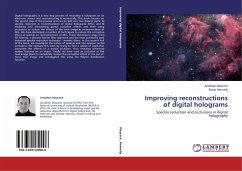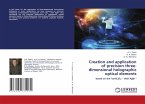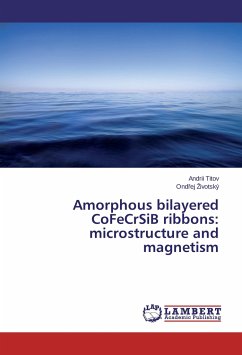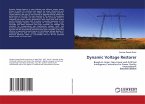Hologram recording using sub-band gap radiation is interesting from a theoretical and practical point of view. In this case, the spectrum part with low absorption is used, so the hologram is recorded also in the depth of the sample, not only on the surface. Organic materials are being actively researched as recording materials because they allow for a wider change of their properties comparing with inorganic ones. Azobenzene compounds are among the most efficient holographic recording materials. In the theoretical part such questions are described as principles of hologram creation, degenerate four-wave mixing, phase conjugation, laser beam focusing, photoinduced processes in the amorphous semiconductors and organic compounds and surface relief grating recording in these materials. The experimental part describes the technique, results and analysis of recording of holographic and surface relief gratings, holographic properties dependency on the oligomer structure and relaxation peculiarities of stilbene azobenzene compounds. This summary of promotion thesis should be useful to researchers of appropriate field and wide range of interested readers.
Bitte wählen Sie Ihr Anliegen aus.
Rechnungen
Retourenschein anfordern
Bestellstatus
Storno








